Future of work is to depend upon Future Computing
By MYBRANDBOOK
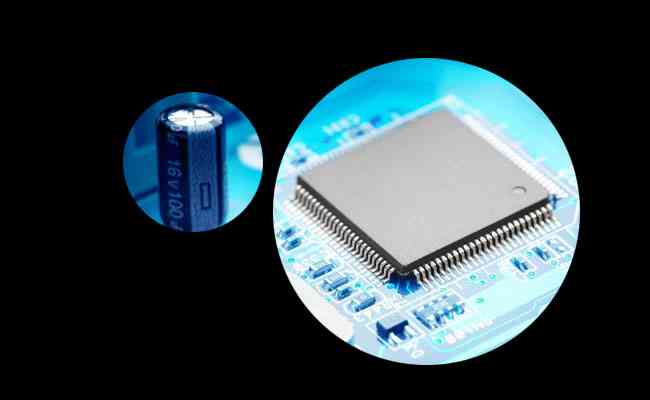
One has to face many restrictions and regulations because the industry is struggling by entering the digital world. At times, with several software and applications which are readily available to support, the question comes to the mind is how secure it is? No one is sure after all the efforts. Now a question arises on how democratisation of Innovation goin to help the Industrial growth?
The primary doubt that comes to everyone’s mind is about my own bank account and my own organisation’s banking system, if it is secured enough, where we have put our life and blood to it. Everything is uncertain in this digital world but only thing remain is the Glamour to show the competitors and rest of world who know you. The interesting thing is to see, The Federal Vision for Future Computing: A Nanotechnology-Inspired Grand Challenge.
There is another term in technology that is coming up on how the Future computing is going to help us. Future computing: A Nanotechnology-Inspired Grand Challenge, where the Collaborating Agencies: Department of Energy (DOE), National Science Foundation (NSF), Department of Defense (DOD), National Institute of Standards and Technology (NIST), Intelligence Community (IC) are associated.
The collaborating Federal agencies of the emerging and innovative solutions need to realize the Nanotechnology-Inspired Grand Challenge for Future Computing. It describes the technical priorities shared by multiple Federal agencies, which highlights the challenges and opportunities associated with these priorities, and presents a guiding vision for the research and development needed to achieve key near-, mid-, and long-term technical goals. By coordinating and collaborating across multiple levels of government, industry, academia, and nonprofit organizations, the nanotechnology and computer science communities can look beyond the decade-old approach to computing based on the von Neumann architecture and chart a new path that will continue the rapid pace of innovation beyond the next decade.
The survey outlines that there is a need to create a new type of computer that can proactively interpret and learn from data, solve unfamiliar problems using what it has learned, and operate with the energy efficiency of the human brain.
While it continues to be a national priority to advance conventional digital computing-which has been the engine of the information technology revolution-current technology falls far short of the human brain in terms of the brain’s sensing and problem-solving abilities and its low power consumption. Many experts predict that fundamental physical limitations will prevent transistor technology from ever matching these characteristics.
Many of these breakthroughs will require new kinds of nanoscale devices and materials integrated into three-dimensional systems and may take a decade or more to achieve. These nanotechnology innovations will have to be developed in close coordination with new computer architectures, and will likely be informed by our growing understanding of the brain-a remarkable, fault-tolerant system that consumes less power than an incandescent light bulb.
The general vision for computing systems enabled by the Nanotechnology-Inspired Grand Challenge for Future Computing includes the ability to process, analyze, and eventually understand multi-modal sensor data streams and complex workflows. Such systems will be able to learn online and in real time, 10 A Federal Vision for Future Computing: A Nanotechnology-Inspired Grand Challenge
By using unsupervised training one will be able to capture and understand complex data structures. These systems will then also be able to plan and generate complex actions in response to the input data. Some examples of such applications enabling new capabilities include the following:
• Scientific discovery and analysis of very large and complex datasets, including automatic discovery from published literature and experimental research facilities.
• Information and data integrity assurance enabled by tamper-resistant, self-protecting software codes.
• Autonomous robotics and vehicles and intelligent prosthetics integrating motion, vision, sound, planning, and understanding.
Cybersecurity will be an important application area for future computing systems. Security can be considered as a design attribute as well, much like performance or power dissipation. From this perspective, we need systems that adapt quickly to threats, faster than human system administrators can respond to prevent (or minimize) unauthorized access, identify anomalous behavior, and provide contextual analysis for adversarial intent or situational awareness.
Future cybersecurity systems will need to provide analytics for modeling and predicting incidents that will enable us to deter adversaries from attack. Also needed are advanced capabilities for detecting adversarial activity with automated response for protection across a wide range of platforms, including network infrastructure, critical national infrastructure, and emerging Internet of Things and supervisory control and data acquisition (SCADA) platforms. Real-time fusion of disparate data will enable reasoning about the state of the system and selection of optimal defense actions or system adaptations for anomalous conditions. Dynamic response mechanisms intended to influence adversarial actions or confuse and deceive sophisticated attackers can provide an asymmetric advantage for cyber defense.
• 5-year goal: Achieve autonomous capabilities for routine attack scenarios, utilizing enterprise level computing resources, and human-machine augmented capabilities for sophisticated attack scenarios.
• 10-year goal: Achieve autonomous capabilities for sophisticated attack scenarios, utilizing enterprise-level computing resources, with routine attack scenarios resolved with compact and energy-efficient computing resources.
• 15-year goal: Achieve fully autonomous capabilities for sophisticated attack scenarios with compact and energy-efficient computing resources.
Lastly, the white paper suggests on the future computing Grand Challenge offers a great opportunity to advance computing to a new historical level, enabling a new computing paradigm able to deliver human brain-like performance in terms of sensing, problem-solving abilities, and low energy consumption. This exciting opportunity requires new approaches to understand new materials, devices, algorithms, software, and their integration within new computing architectures. Research and development in radically new and different computing architectures involving processors, memory, devices, materials, and the way they are interconnected are required.
In summary, a significant and well-coordinated national effort across multiple levels of government, industry, academia, and nonprofit organizations is necessary to achieve success in this very important Grand Challenge.

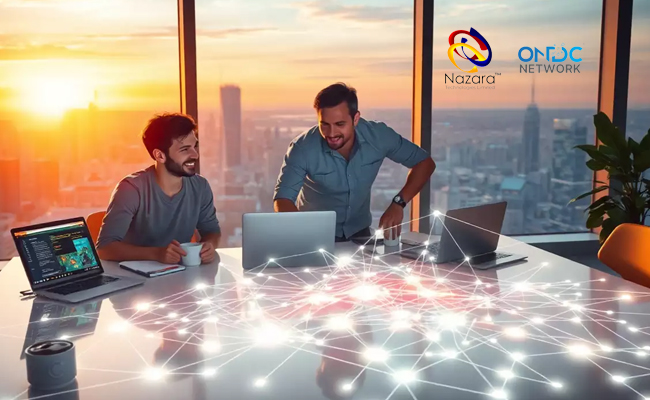
Nazara and ONDC set to transform in-game monetization with ‘
Nazara Technologies has teamed up with the Open Network for Digital Comme...

Jio Platforms and NICSI to offer cloud services to government
In a collaborative initiative, the National Informatics Centre Services In...
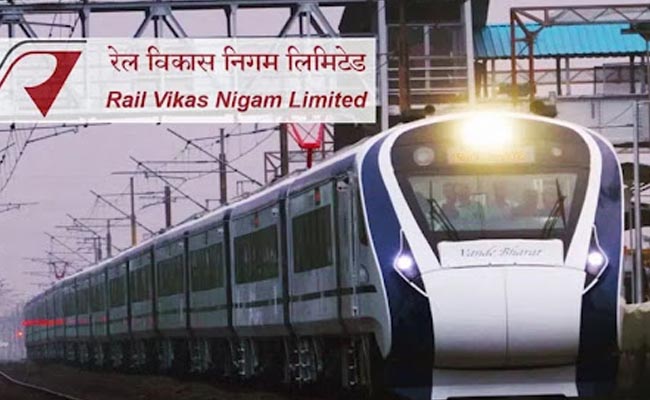
BSNL awards ₹5,000 Cr Project to RVNL-Led Consortium
A syndicate led by Rail Vikas Nigam Limited (abbreviated as RVNL), along wi...

Pinterest tracks users without consent, alleges complaint
A recent complaint alleges that Pinterest, the popular image-sharing platf...

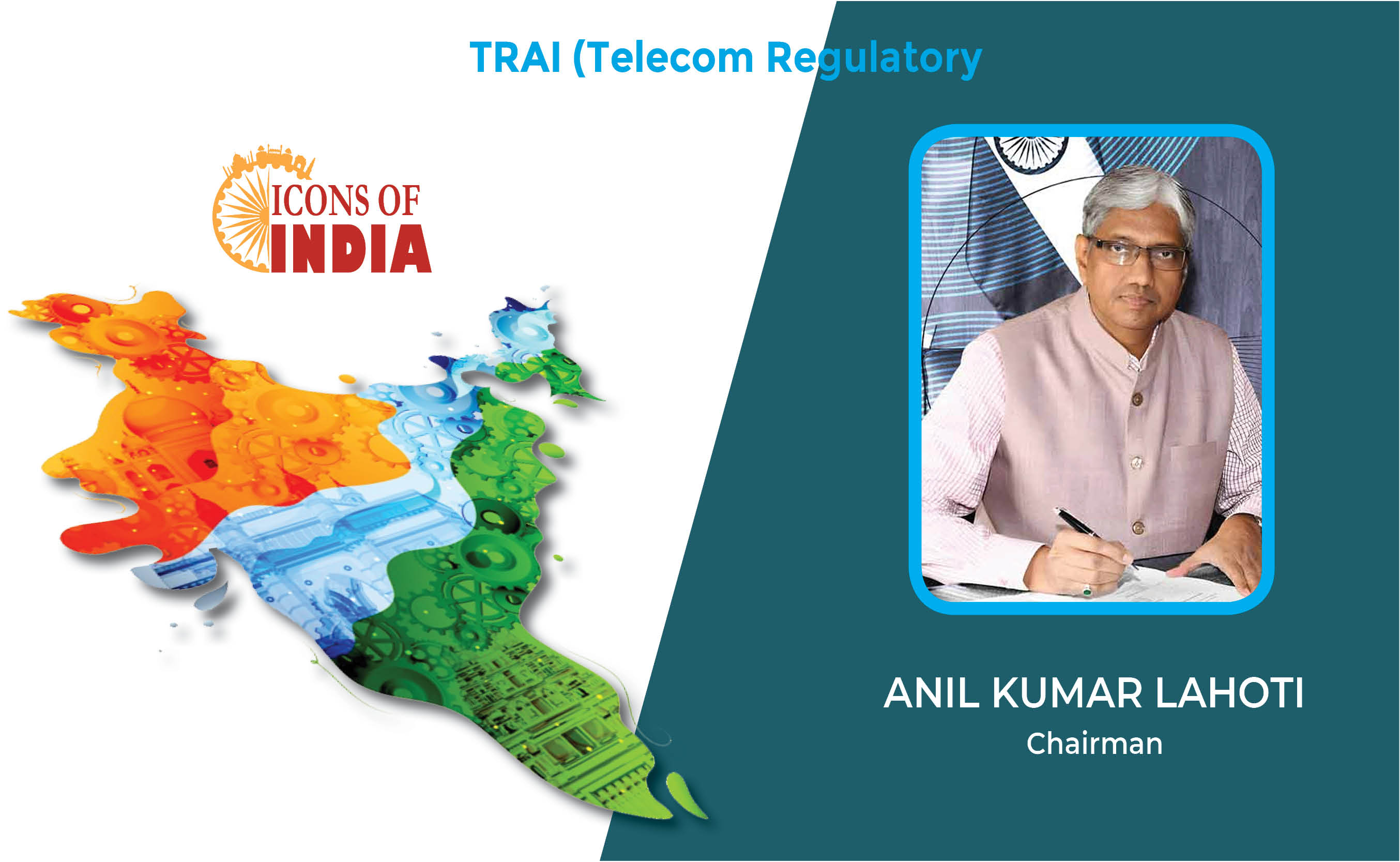
Icons Of India : Anil Kumar Lahoti
Anil Kumar Lahoti, Chairman, Telecom Regulatory Authority of India (TR...
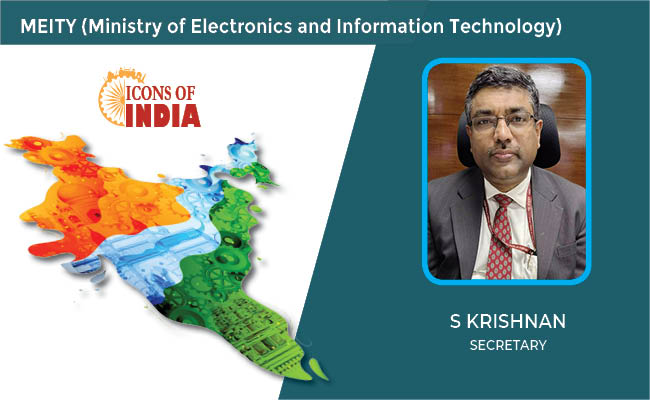
ICONS OF INDIA : S KRISHNAN
S Krishnan as the secretary for the electronics and information techno...
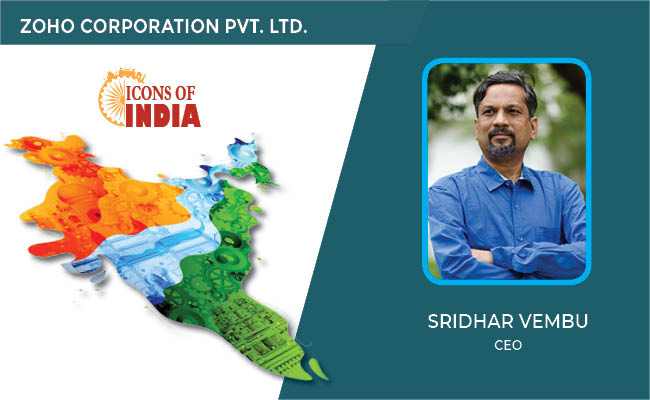
ICONS OF INDIA : SRIDHAR VEMBU
Sridhar Vembu is the chief executive officer (CEO) of Zoho Corporation...

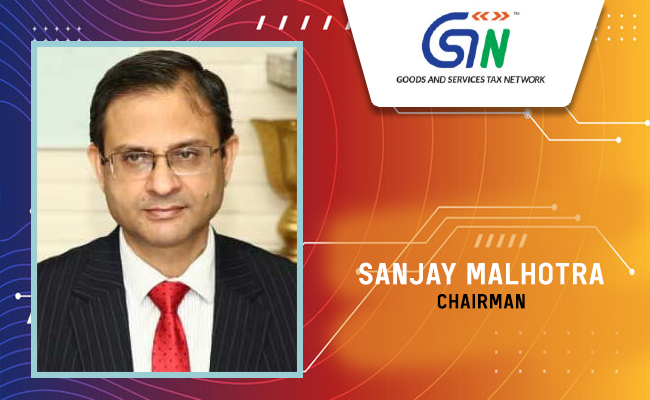
GSTN - Goods and Services Tax Network
GSTN provides shared IT infrastructure and service to both central and...
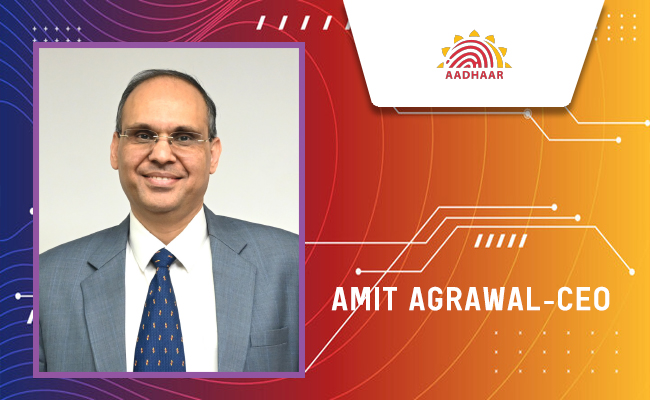
UIDAI - Unique Identification Authority of India
UIDAI and the Aadhaar system represent a significant milestone in Indi...
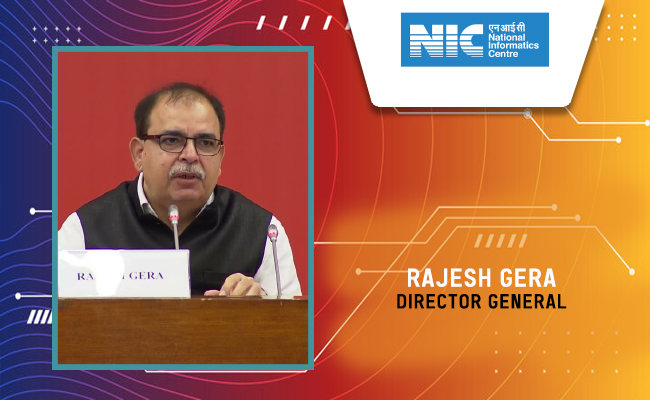
NIC - National Informatics Centre
NIC serves as the primary IT solutions provider for the government of ...

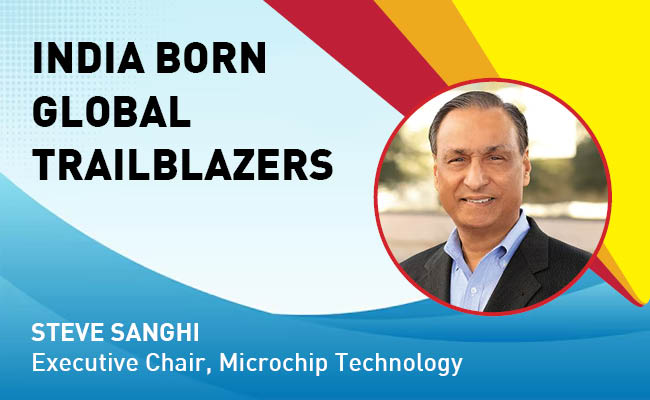
Indian Tech Talent Excelling The Tech World - Steve Sanghi, Executive Chair, Microchip
Steve Sanghi, the Executive Chair of Microchip Technology, has been a ...
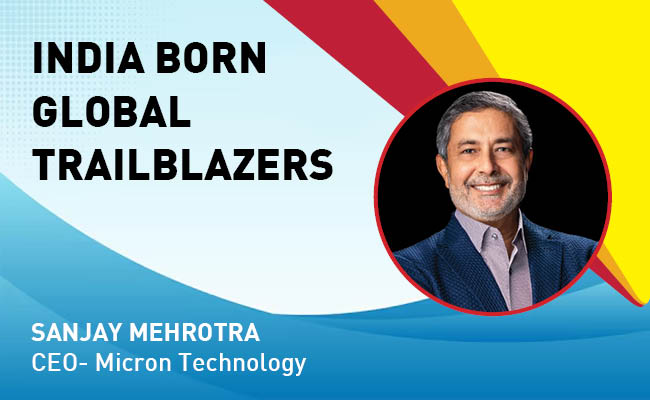
Indian Tech Talent Excelling The Tech World - Sanjay Mehrotra, CEO- Micron Technology
Sanjay Mehrotra, the President and CEO of Micron Technology, is at the...
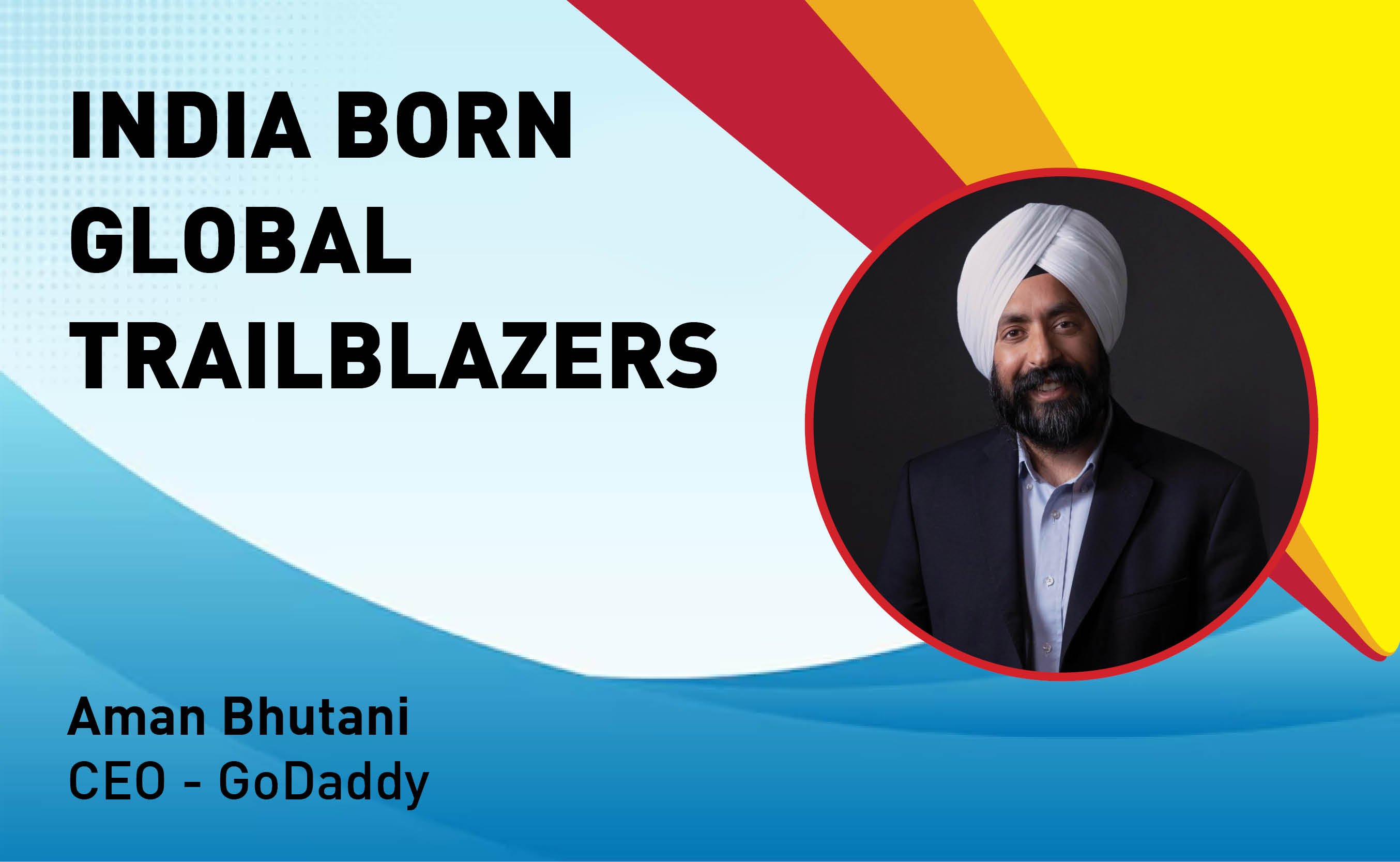
Indian Tech Talent Excelling The Tech World - Aman Bhutani, CEO, GoDaddy
Aman Bhutani, the self-taught techie and CEO of GoDaddy, oversees a co...